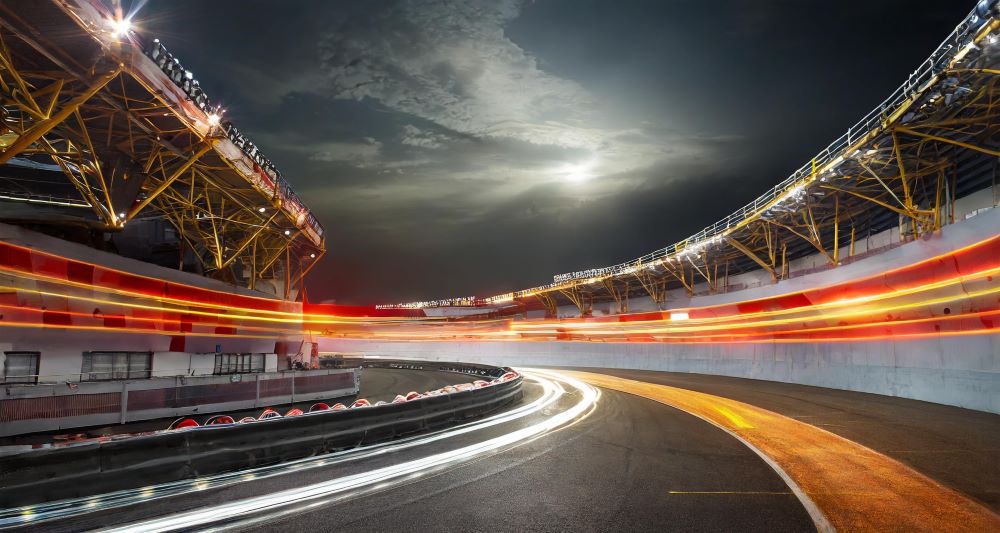Race tracks are not just venues for thrilling competitions; they’re also stages for spectacular displays of speed, skill, and adrenaline. However, ensuring optimal visibility is crucial for both safety and enhancing the spectator experience. Race track lighting plays a pivotal role in achieving this balance. From amateur karting circuits to professional racing arenas, selecting the right lighting is essential. Let’s delve into some of the best race track lighting options available today.
Contents
LED Lighting
In recent years, LED lighting has revolutionized the race track industry. LED lights offer several advantages over traditional lighting sources, including energy efficiency, longevity, and superior illumination. Their instant-on capability ensures immediate full brightness, crucial for races that extend into the evening. LED lights also produce a more uniform and consistent lighting level, reducing glare and shadows on the track. Moreover, their durability and low maintenance requirements make them an ideal choice for race track owners looking for cost-effective solutions.
Metal Halide Lamps
Metal halide lamps have long been a popular choice for illuminating race tracks due to their high intensity and color rendering properties. They provide bright, white light that closely mimics natural daylight, enhancing visibility for drivers and spectators alike. Metal halide lamps are also capable of producing high levels of illumination over large areas, making them suitable for wide race tracks. However, they have relatively shorter lifespans compared to LED lights and can be less energy efficient, leading to higher operational costs.
Halogen Lights
While not as commonly used as LED or metal halide lighting, halogen lights still have their place in race track illumination. Halogen bulbs offer a warm, bright light and are relatively inexpensive compared to other options. They are often used in smaller-scale tracks or for temporary lighting setups due to their affordability and ease of installation. However, they consume more energy and have shorter lifespans compared to LED and metal halide lights, making them less cost-effective in the long run.
Solar-Powered Lighting
For race tracks located in remote or off-grid areas, solar-powered lighting can be a sustainable and practical solution. Solar lights harness energy from the sun during the day and store it in batteries to power the lights at night. This eco-friendly approach reduces reliance on traditional energy sources and can result in significant cost savings over time. While solar-powered lighting may not provide the same level of brightness as other options, technological advancements have improved their efficiency and performance, making them a viable choice for certain race track applications.
Dynamic Lighting Systems
Innovations in lighting technology have led to the development of dynamic lighting systems that can adjust brightness and color temperature according to specific requirements. These systems allow race track operators to customize the lighting conditions based on factors such as weather conditions, time of day, or even to create dramatic effects during special events. By providing greater flexibility and control, dynamic lighting systems enhance the overall racing experience and add an element of spectacle to the proceedings.
Conclusion
Choosing the best race track lighting involves considering factors such as energy efficiency, visibility, cost-effectiveness, and environmental impact. While LED lighting emerges as a top contender due to its numerous benefits, including longevity and efficiency, other options like metal halide lamps, halogen lights, solar-powered lighting, and dynamic lighting systems offer unique advantages depending on the specific requirements of the race track. Ultimately, the optimal lighting solution will be one that ensures safety, enhances visibility, and adds to the excitement of the racing experience for both participants and spectators.

